Ashwagandha 500 Mg
Ashwagandha, also known as Withania somnifera or “Indian Winter Cherry,” is an adaptogenic herb that supports the body’s ability to maintain physical effort and adapt to various types of stress.
- Description
- Reviews (0)
Description
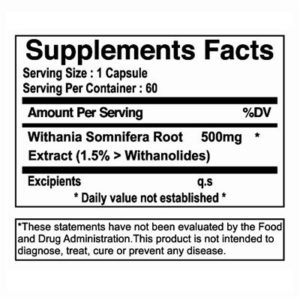
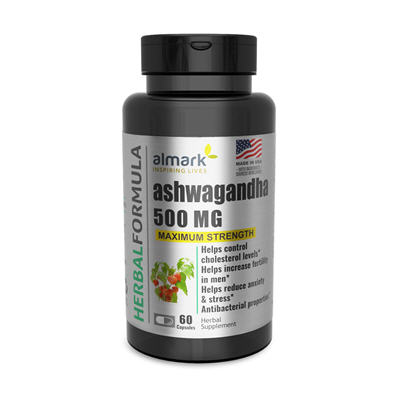
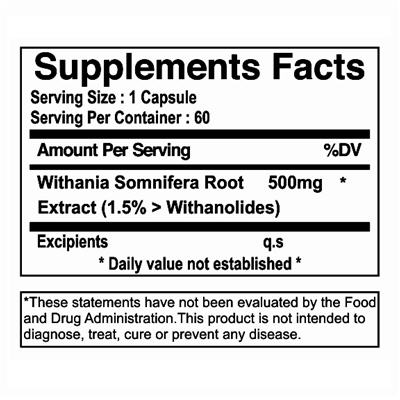
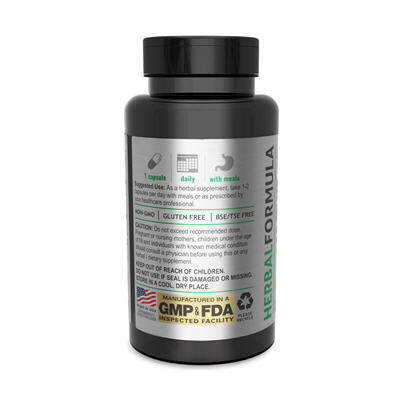
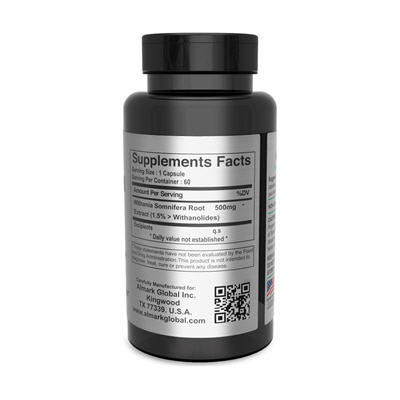

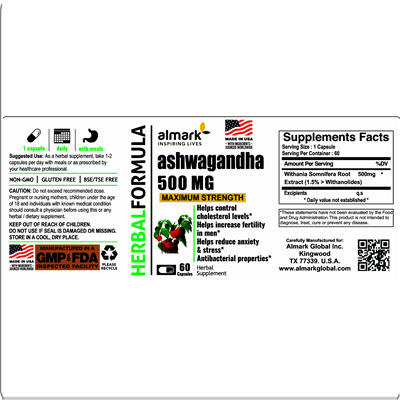
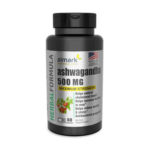
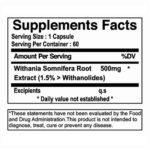


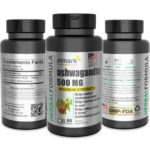
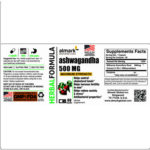
Ashwagandha, also known as Withania somnifera or “Indian Winter Cherry,” is an adaptogenic herb that supports the body’s ability to maintain physical effort and adapt to various types of stress.


Reviews
There are no reviews yet.